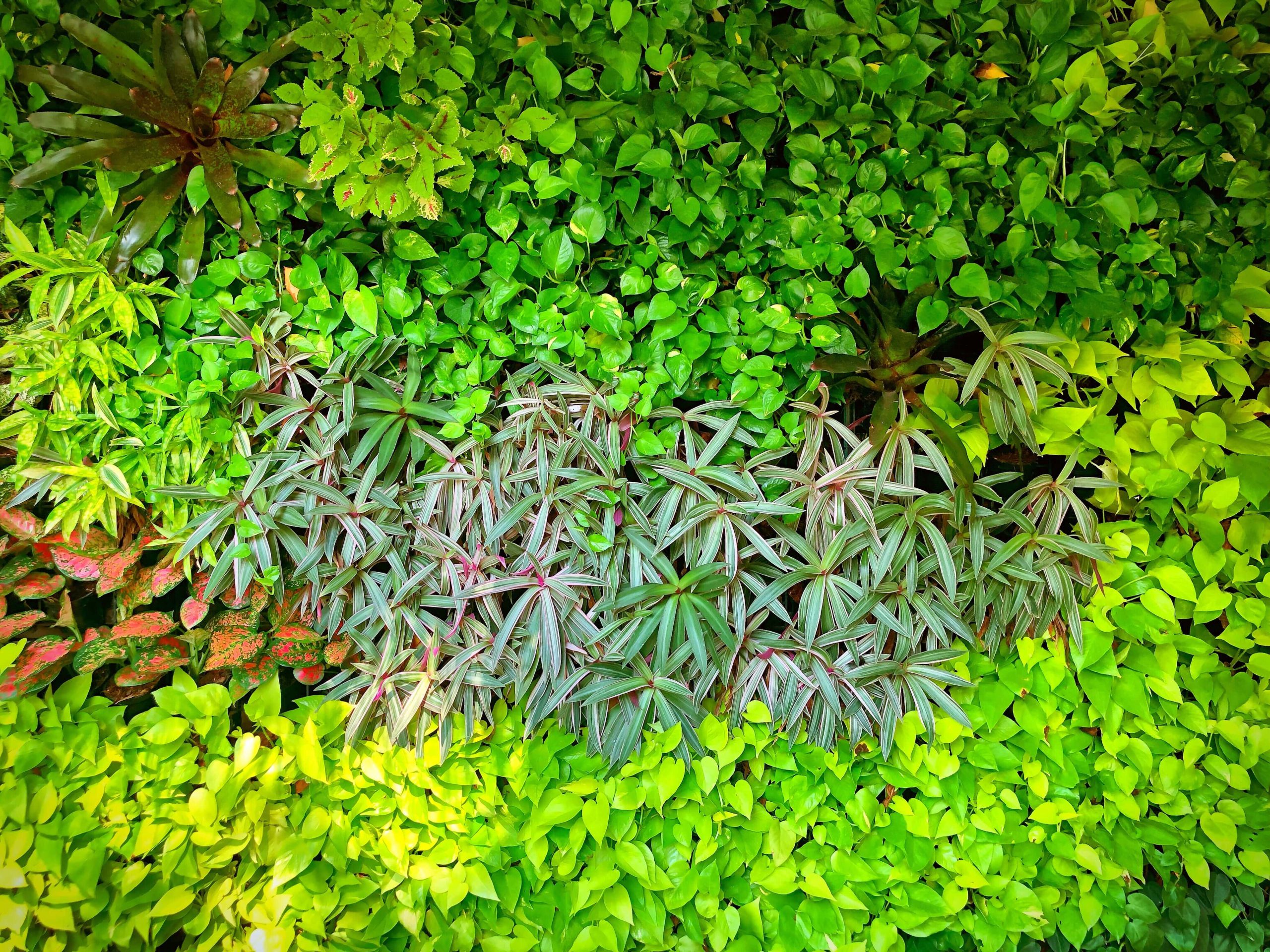
The vertical garden is a nice and sophisticated way for those who live in small or metropolitan regions to add vegetation into their homes. By carefully planning high enough walls or frames for plants to grow, one achieves the best use of available space. This new idea is great for people who live in cities or don’t have a lot of outdoor room because it lets them enjoy the beauty and peace of nature in small areas. In addition to looking nice, vertical plants have many other benefits, such as cleaning the air by removing pollution and releasing oxygen. They also make homes look better by adding a splash of color to the inside or outside. Putting plants up instead of down not only saves space but also makes places better and healthier over time.
Choosing the Right Space and Structure
If you want to put a vertical garden somewhere, you should think about things like sunlight, the strength of the wall, and how much space there is. The most important thing for the plants’ health and growth is to make sure that the spot gets at least 4 to 6 hours of direct sunlight every day. It makes a big difference if you put your indoor garden near a window that gets a lot of sunshine or use grow lights. Outside, a porch, fence, or wall can be good spots. But be careful on windy days, because the plants could get too dry. Putting up wooden walls or hardy plants around the yard to block the wind can help in these cases.
If you are picking out the types of houses to use, you should also think about how strong the walls are. Hooked-on planters that are strong enough to hold dirt and plants are a great way to decorate walls. Hanging gardens are a lovely choice for people whose walls aren’t very strong or who want more space. You can make these with pots or bags that are made to hang from hooks and give the impression of many layers of green. Trellises are another great choice. Plants can grow up them, and they add vertical interest without putting too much stress on the wall.
Lastly, you need to be creative and plan ahead to make the most of the space you have. You can grow vertical gardens even in small rooms if you stack shelves or pots on top of each other. This not only saves room on the ground but also makes a nice-looking waterfall of plants. A vertical garden can turn any area into a lush, green oasis with a little creativity. It’s a great way to relax at home.
Selecting Plants for a Thriving Vertical Garden
When picking plants for a hanging garden, you should think about the temperature, how much care they need, and the look you want to achieve. What kind of temperature does the garden have? When choosing plants, you should think about how well they will do there. For example, succulents are great for places that are warm and sunny because they can handle dry and don’t need much water. Ferns and grass, on the other hand, do best in cooler or shadier areas of the yard because they do well in less light and cooler temperatures.
Another important part is maintenance. People who are always on the go might choose low-maintenance plants like succulents that only need to be watered once in a while. People who like to take care of their garden often, on the other hand, might pick plants that need more care, like blooming plants like geraniums, which can add bright pops of color to the garden. Herbs like chives, mint, and thyme are also useful and pretty because they are easy to grow and can be used in cooking.
Aesthetics should fit your unique taste and the mood you want to create in your yard. Ivy or plants with leaves that fall over can give a room a thick, peaceful look. A group of succulents gives a room a modern, sleek look by adding interesting textures and clean lines. In the end, the plants you choose for a vertical garden should make you happy and make any vertical area into a personal green haven.
Caring for Your Vertical Garden
At first, taking care of a vertical garden might seem hard, but with a few simple tips, it can be fun and gratifying. Mastering how to water is one of the most important parts. It is very important to make sure that each plant in an upright setting gets just the right amount of water. Soaker lines or a drip irrigation system can be your best friends because they get water right to the roots and keep you from watering too much. Putting water-absorbing polymers into the soil can also help it hold on to water, which will keep the plants from drying out. You can change how often you water your plants based on what you see to see if they are stressed out from too much or too little water.
Another important thing is picking the right dirt. It should be light but full of nutrients so that it drains well and gives your plants the nutrients they need to grow. Adding some organic fertilizer can improve the soil even more, which will help plants grow in a healthy way. Fertilizing should be done carefully because plants in vertical gardens need to be fed often to stay healthy. During the growing season, plants can get the help they need from a balanced fertilizer that dissolves in water.
To keep your yard from getting too much or too little water, you need to pay attention and know what it needs. Plants at the very top of a vertical garden may dry out faster because of the way gravity pulls water down. Pay extra attention to these plants. On the other hand, those at the bottom might be more likely to get too much water. You can keep the dirt in perfect balance for a healthy and lush vertical garden by checking the amount of wetness in it on a regular basis, either with a moisture meter or just by feeling it.
Conclusion
Adding plants to your home in a beautiful and useful way is possible with a vertical garden. It can turn even the smallest rooms into bright, lush environments. Homeowners can enjoy the beauty of flowing plants, bright colors, and different textures without giving up ground room by using high surfaces like walls, fences, and pillars. Besides being nice to look at, these green walls have many other benefits, such as making the air better and improving mental health. They let people be creative by letting them try out a huge range of plants and design styles, which makes each vertical garden unique. As apartments in cities get smaller, vertical gardens become the perfect way to bring nature into everyday life. Take advantage of this chance to start making your own green haven. It will add beauty and peace to your home.





